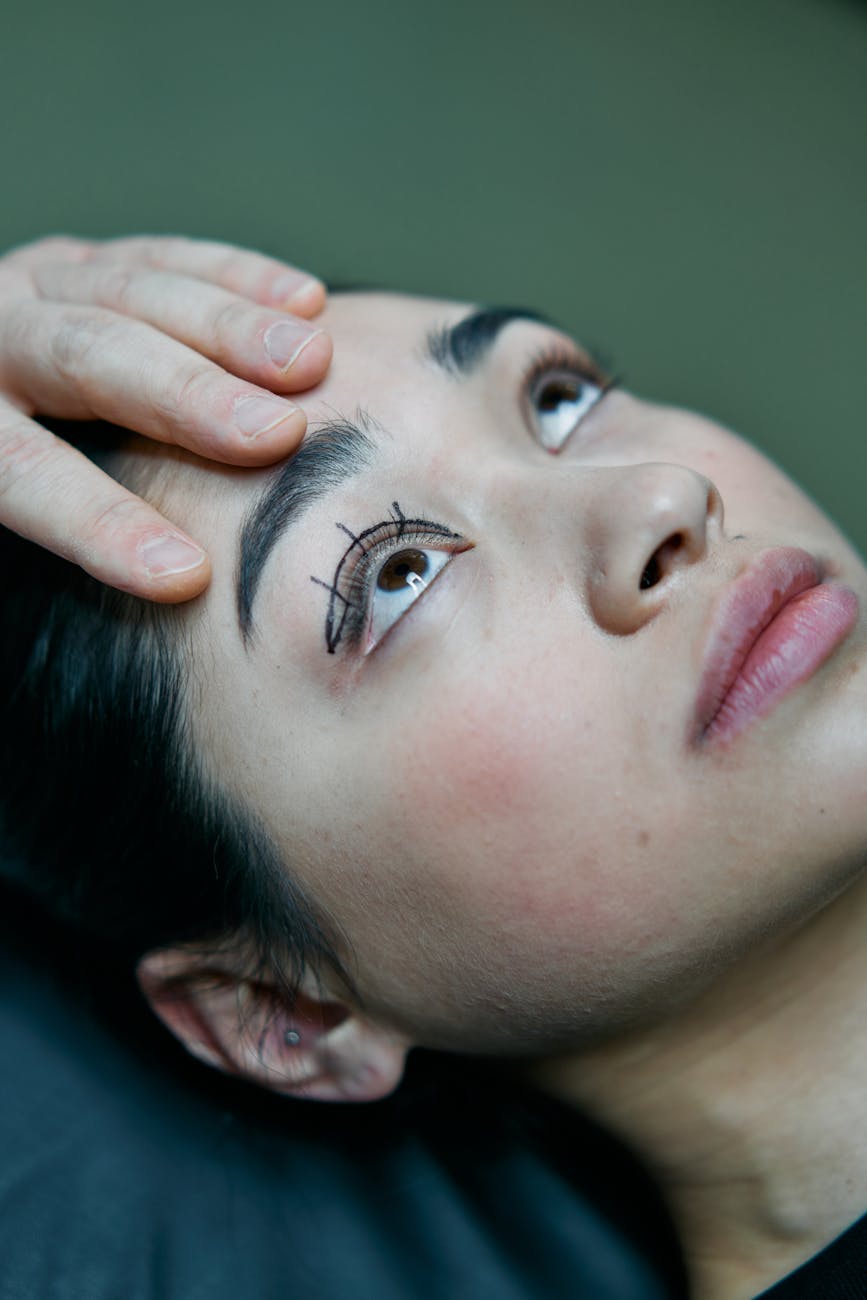
You look in the mirror and something feels different, but not in a dramatic way
It’s not obvious at first.
But over time, you begin to feel it more than see it.
A kind of heaviness around your eyes.
Your gaze feels quieter, almost dimmed.
Not because you’re sad or tired—because something is physically changing.
The skin sits lower.
It folds where it didn’t before.
And slowly, that becomes the only thing you see.
It’s not pain. It’s not dysfunction.
But it is distraction.
And it adds up—especially over time.
You start wondering what it would feel like to lift that weight
You catch yourself adjusting your face in photos.
Raising your brows in conversation.
Tugging gently at your eyelids in the mirror.
You don’t mention it out loud.
But you’re curious.
What if that quiet weight could be lifted?
What if your eyes didn’t have to work so hard to be seen?
You begin searching—quietly at first.
Not because you’re chasing beauty.
But because you’re craving ease.
Upper eyelid surgery isn’t just about looking rested—it’s about feeling present again
Blepharoplasty is the technical name.
But most people don’t start there.
They start with the feeling.
A sense of being slightly veiled.
Like the world sees less of you than you’re offering.
This procedure doesn’t offer a new face.
It offers clarity.
It gives your eyes space again.
So they can meet the world fully.
The goal isn’t change—it’s clarity
You’re not trying to look younger.
You’re trying to feel less burdened.
Your eyes carry more than emotion.
They carry fatigue, time, tension.
A surgeon doesn’t erase those stories.
They make space for you to tell them more clearly.
They measure your lid.
Ask how long it’s felt heavy.
They want to understand—not transform.
They’re mapping the way back to comfort
The consult feels more like a conversation than a correction.
You explain things you didn’t realize mattered.
How makeup no longer applies easily.
How you feel tension in your forehead by afternoon.
They nod.
They listen.
They sketch out something less like a plan,
and more like a path toward ease.
The procedure itself is brief—delicate work, done with quiet hands
You arrive, a little nervous.
But ready.
It’s done under local anesthesia.
You’re aware, but not uncomfortable.
The surgeon works carefully within the crease of your lid.
Removing skin. Adjusting fat.
The tools are small.
The hands are practiced.
And before you know it, it’s over.
Less than an hour, and something shifts.
You rest, you wait—and slowly, the change reveals itself
The first day, you feel swollen.
The second, tender.
But by the third, you begin to notice space.
Not outside, but within.
It’s like your eyes are breathing again.
The bruises will fade.
The stitches will dissolve.
But that feeling—that soft, quiet openness—stays.
You blink, and it’s easier.
You look up, and it’s clearer.
Not new—just clearer, more awake, less hidden
Healing is never linear.
Some days feel slower than others.
But week by week, the shape of your gaze returns.
Not changed.
Revealed.
The lid sits where it always belonged.
The world looks a little more reachable.
And you look more like yourself.
The self that’s been there all along.
Just tucked beneath time.
It’s not about looking different—it’s about no longer working so hard to look the same
You didn’t want reinvention.
You wanted to stop overcompensating.
You wanted to stop raising your brows unconsciously.
You wanted to smile without tightness around your eyes.
You wanted stillness.
And that’s what you got.
Not attention, not drama—just stillness.
The kind you feel when your reflection finally feels quiet again.
That memory becomes the only reminder of what changed
People might not say anything.
Or they might say everything without knowing it.
“You look refreshed.”
“Did you sleep well?”
“Something about your eyes feels lighter.”
You’ll nod.
Because it’s true.
But also because there’s nothing more to explain.
You did something small.
And gained something immeasurable.
